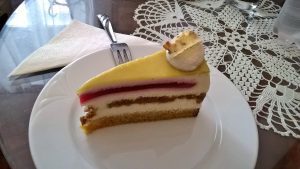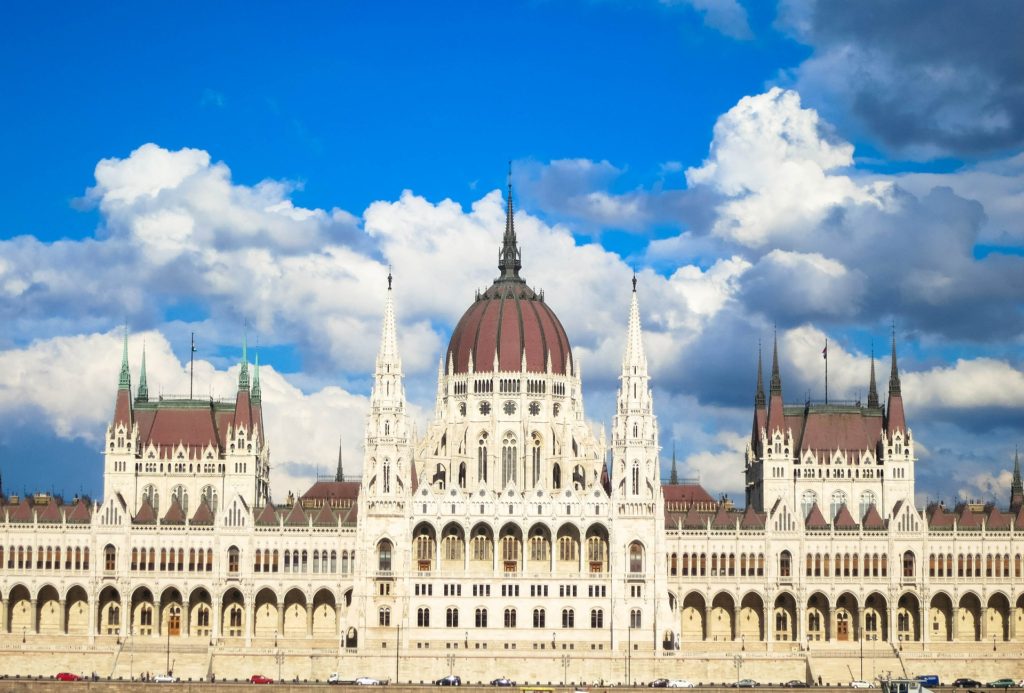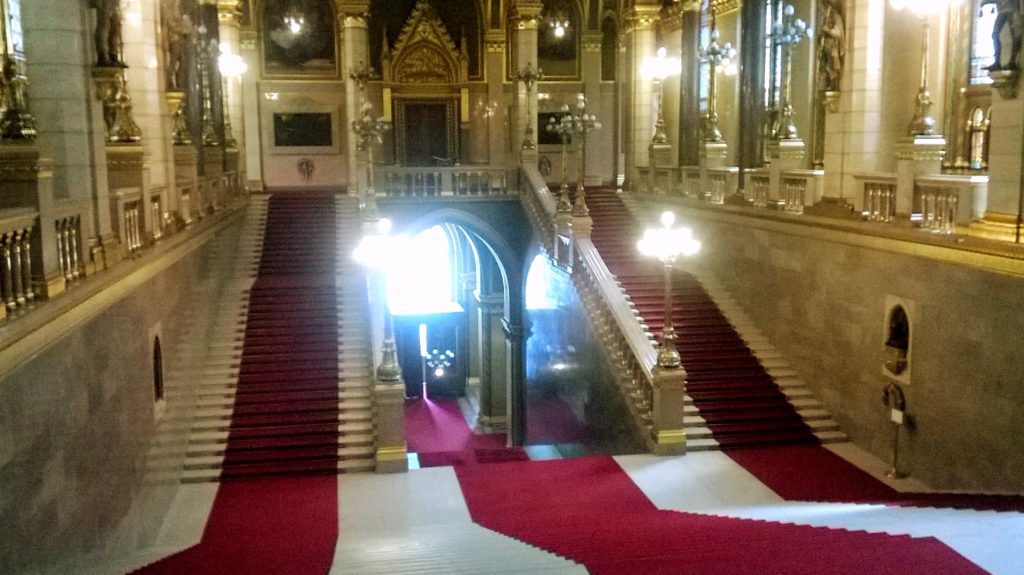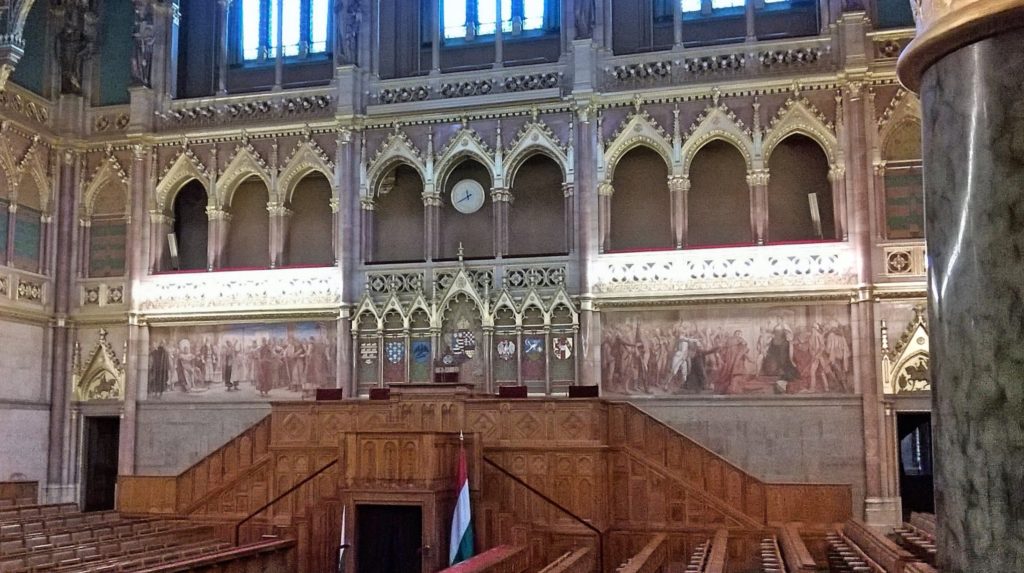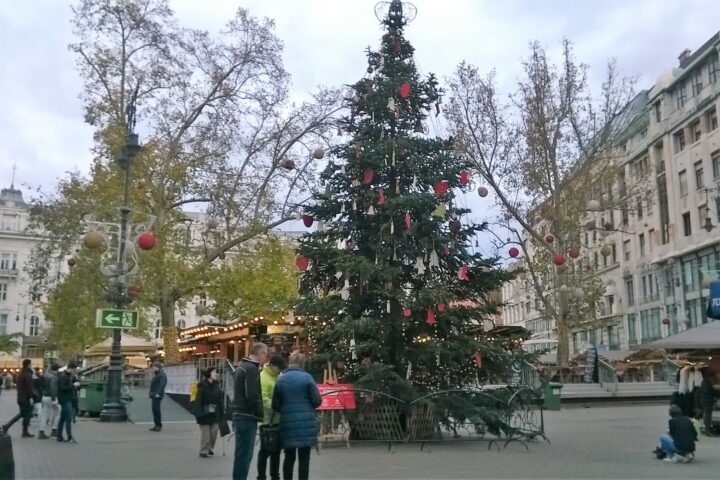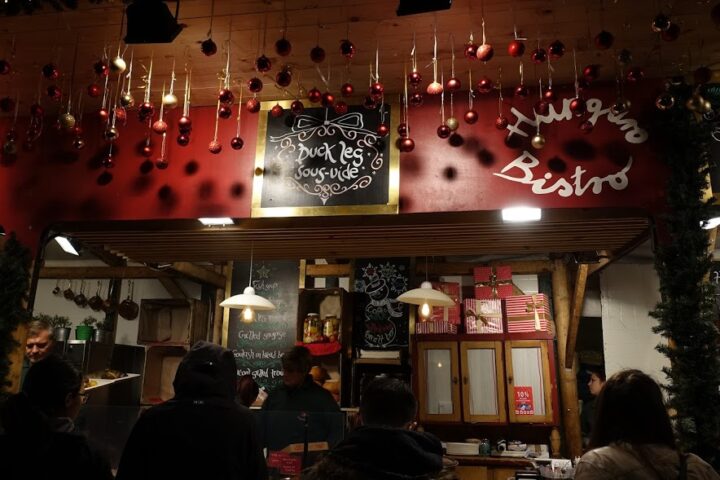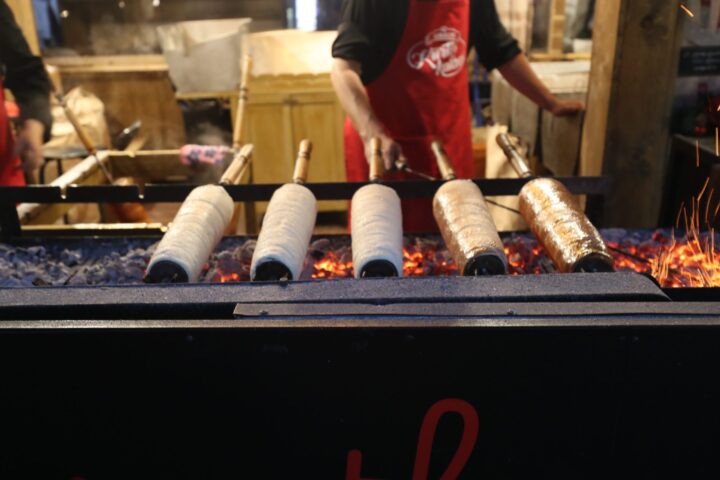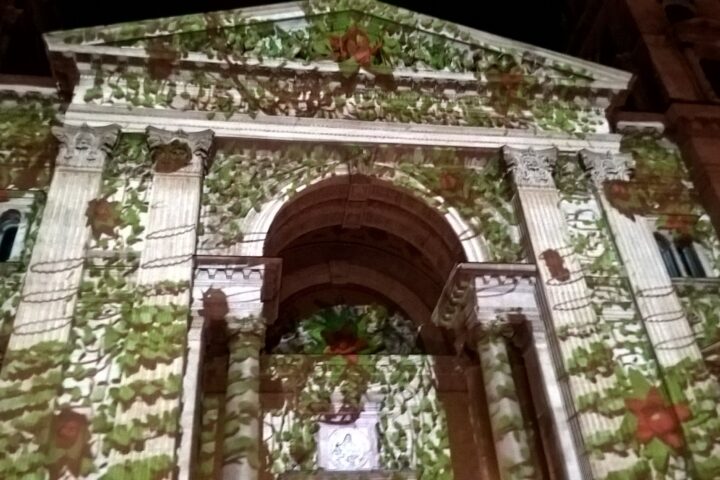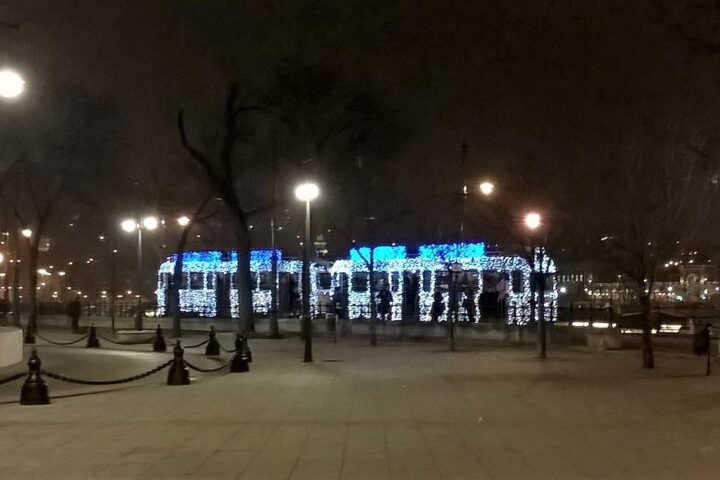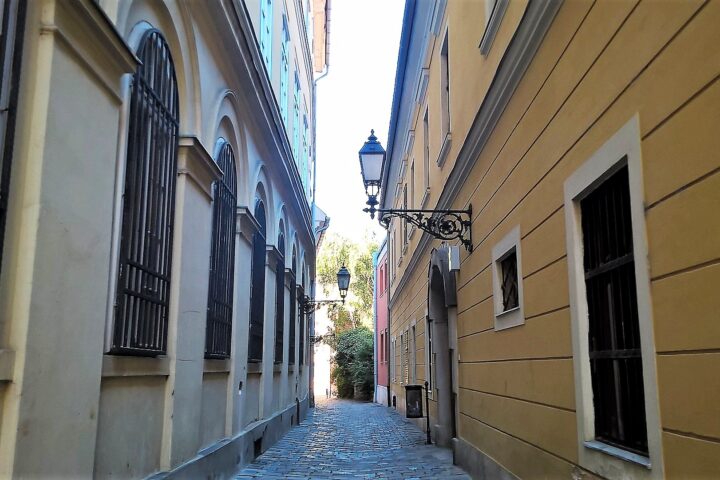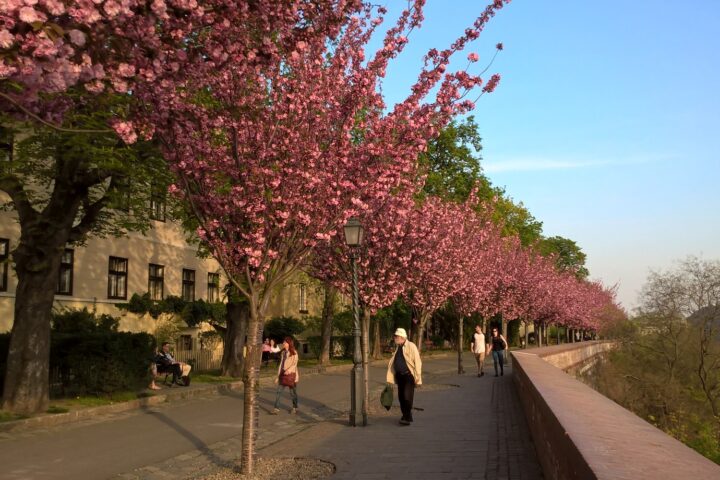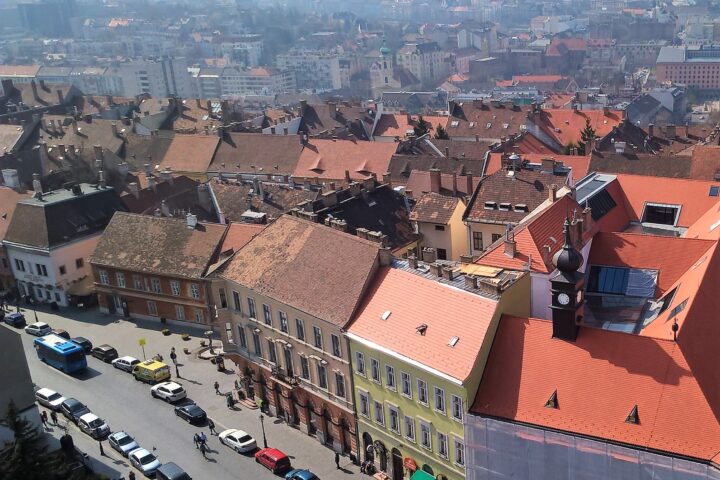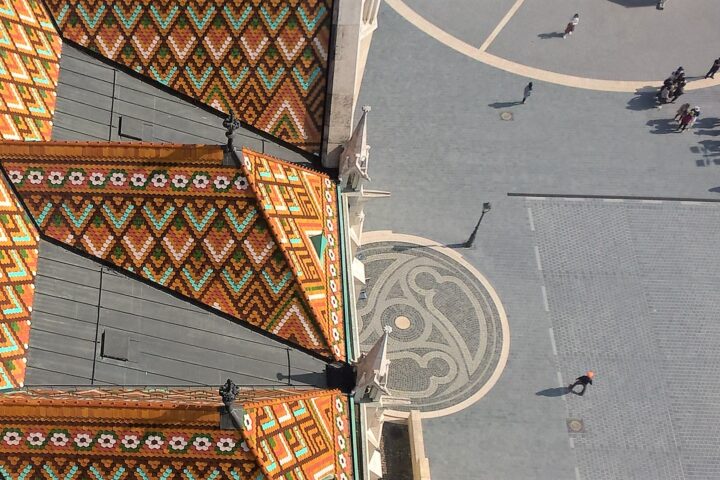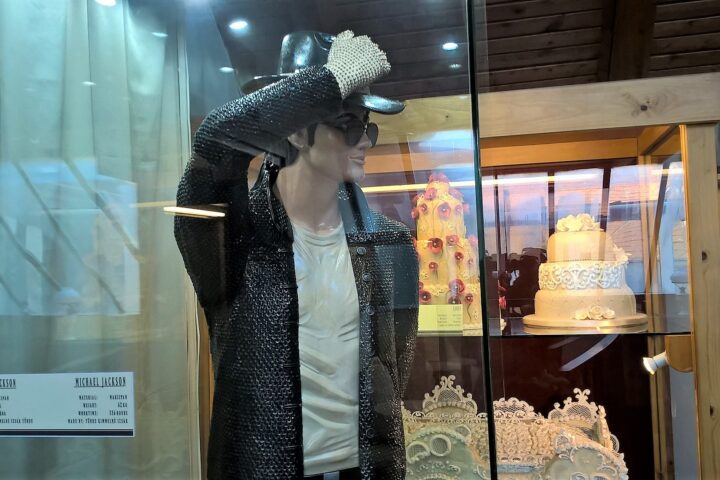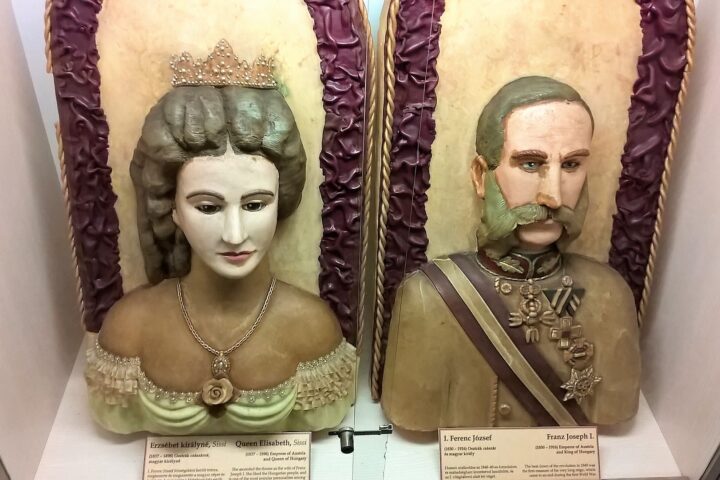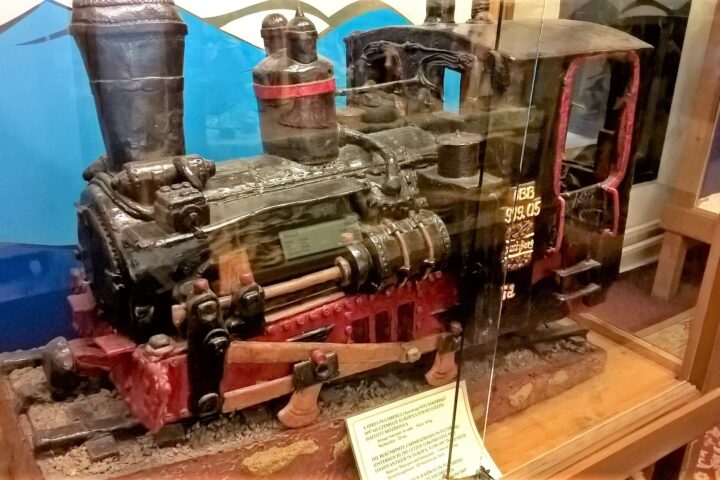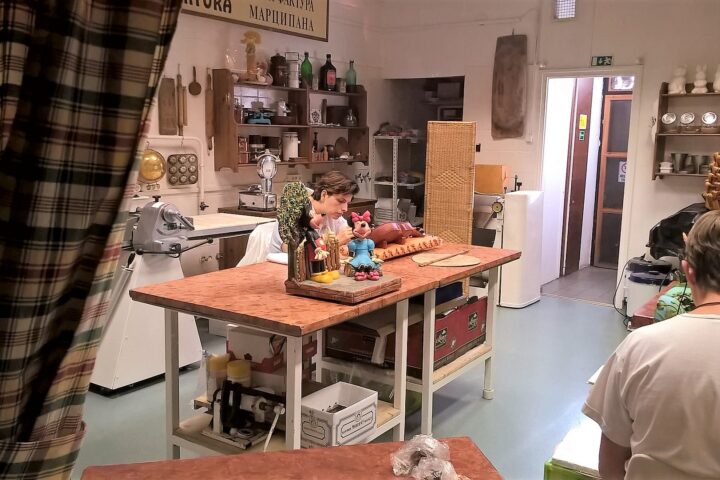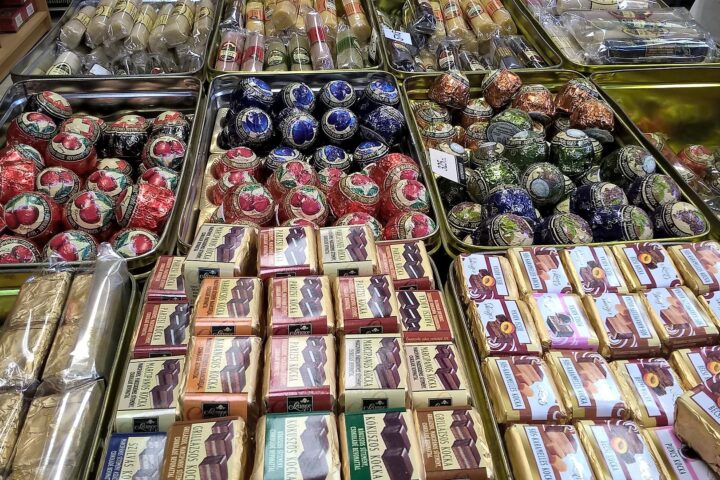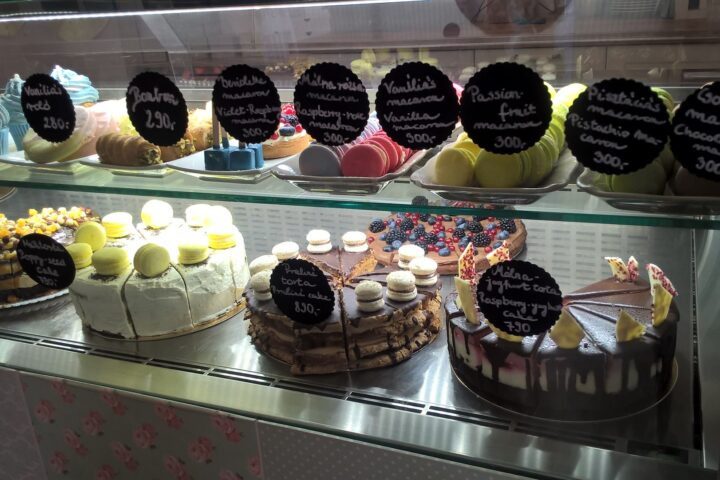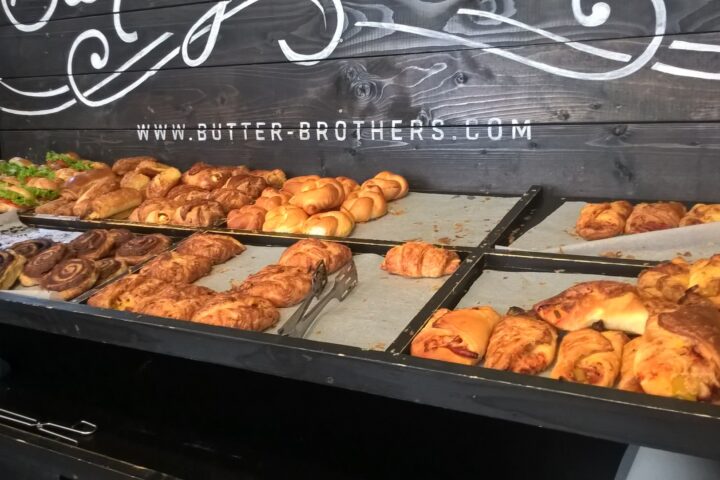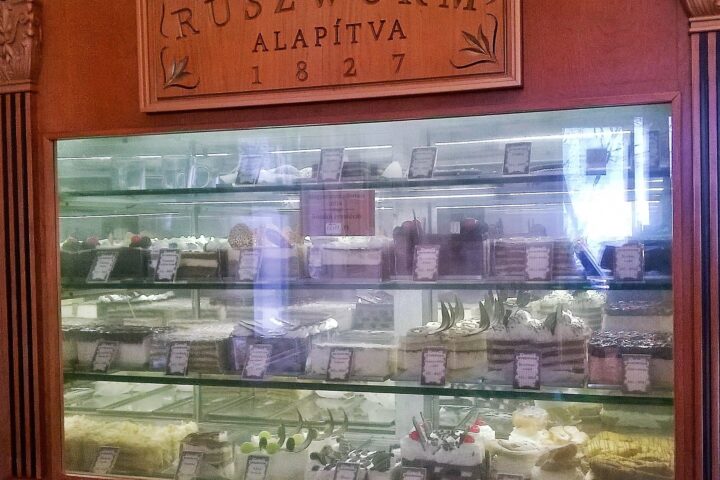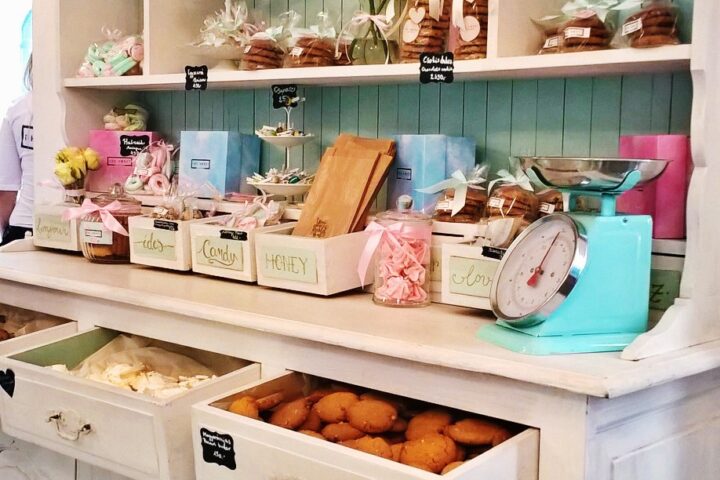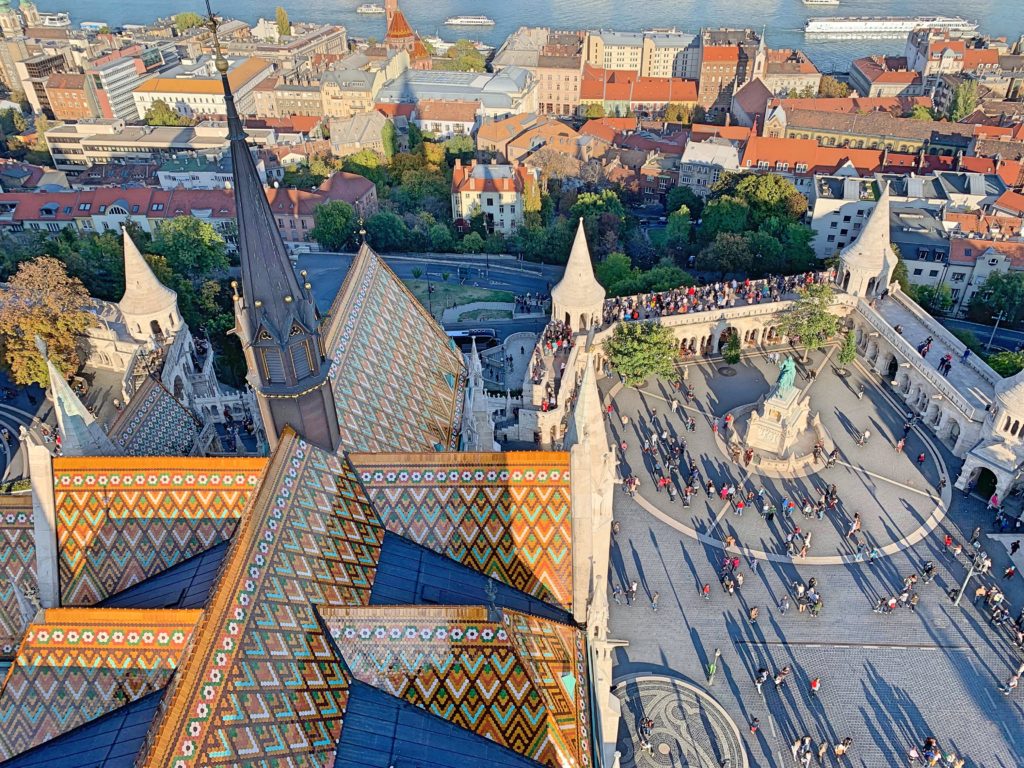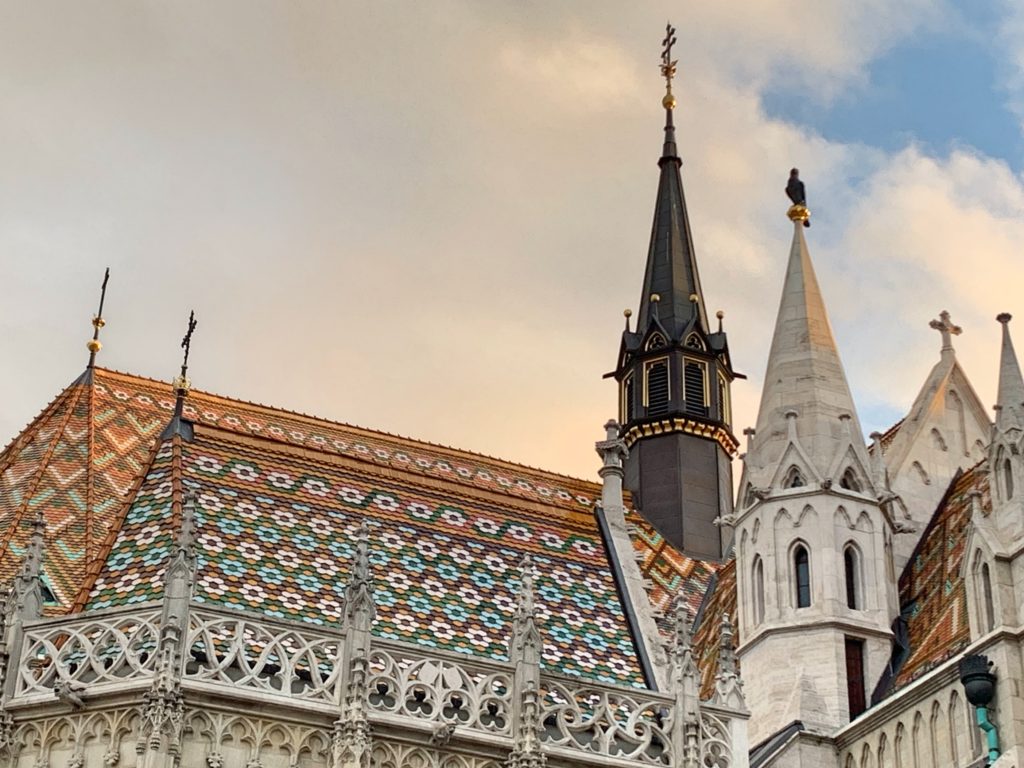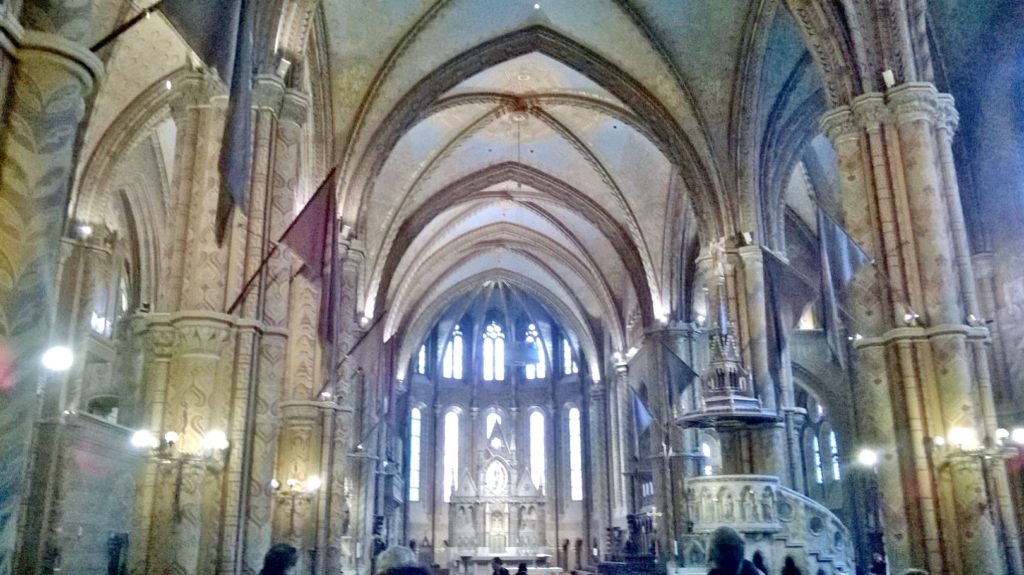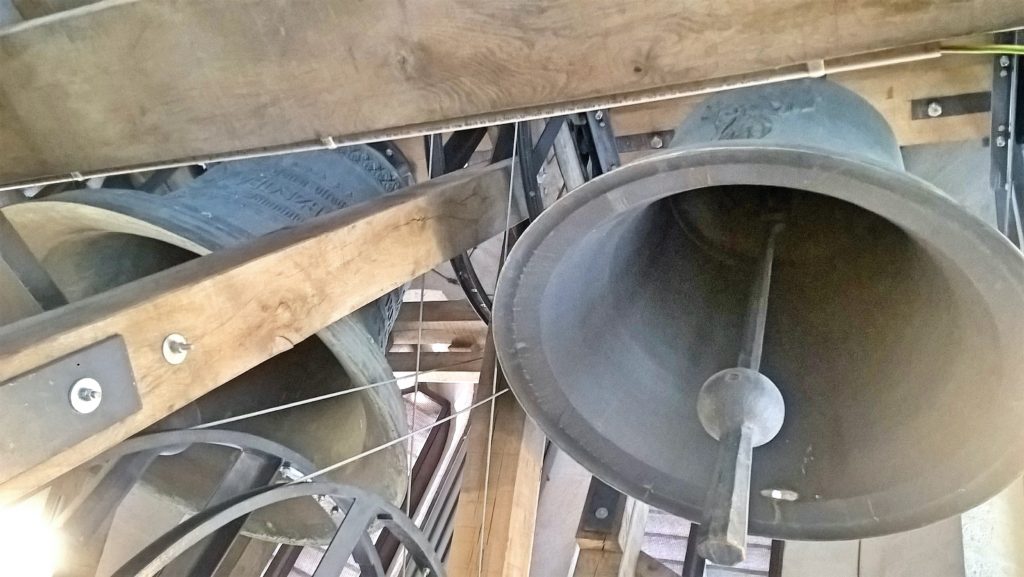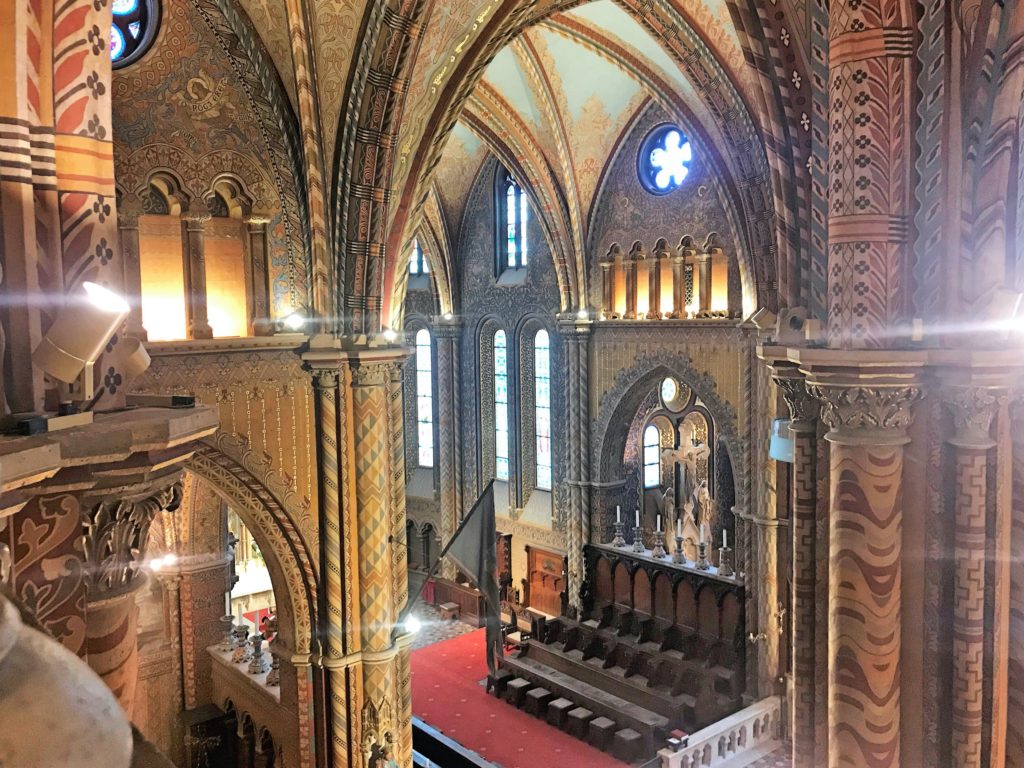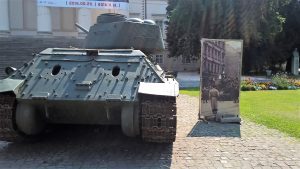Halloween stands for 'All Hallows' Evening' , the night before the Christian 'All Saints' Day'. Although Halloween with all the pumpking carving and trick-or-treating is getting more and more popular in Hungary, still, we celebrate traditionally the two following days; All Saints' Day and All Souls' Day. All Saints’ Day is the day of all of the saint souls, who are not mentioned in the calendar by name. It's a National Holiday in Hungary, probably because all work has been forbidden on this day for centuries, because of the respect for the dead. According to folk tradition, during the night between All Saints’ Day, and All Souls’ Day deceased go to the house of their loved ones. That’s why in the villages an extra plate was placed on the table, with bread, salt and water on it. All Souls’ Day is to commemorate and remember one's beloved ones who had passed away. Local cemeteries are usually crowded and beautiful with tons of fresh flowers, candles and lampions.
Halloween stands for ‘All Hallows’ Evening’ , the night before the Christian ‘All Saints’ Day’. Although Halloween with all the pumpking carving and trick-or-treating is getting more and more popular in Hungary, still, we celebrate traditionally the two following days; All Saints’ Day and All Souls’ Day.
All Saints’ Day is the day of all of the saint souls, who are not mentioned in the calendar by name. It’s a National Holiday in Hungary, probably because all work has been forbidden on this day for centuries, because of the respect for the dead. According to folk tradition, during the night between All Saints’ Day, and All Souls’ Day deceased go to the house of their loved ones. That’s why in the villages an extra plate was placed on the table, with bread, salt and water on it.
All Souls’ Day is to commemorate and remember one’s beloved ones who had passed away. Local cemeteries are usually crowded and beautiful with tons of fresh flowers, candles and lampions.
